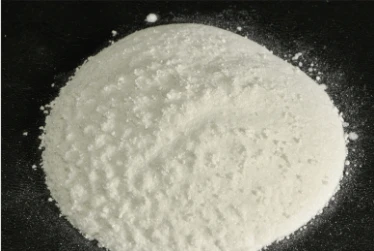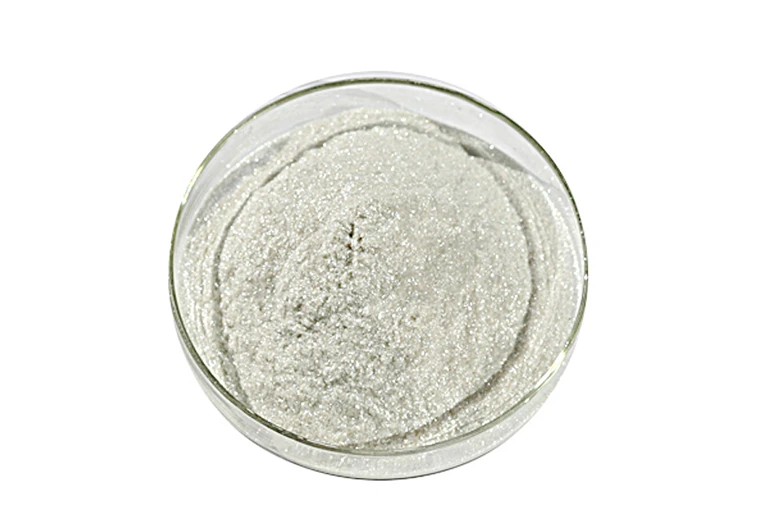Mar . 03, 2025 12:39
Back to list
how to apply mica powder
Mastering the use of mica powder in crafts and projects is an art that merges creativity with technique. Mica powder, a naturally occurring mineral dust, can transform ordinary materials into shimmering works of art. Here’s a comprehensive guide to help artisans and hobbyists alike apply mica powder effectively, ensuring lasting beauty and quality.
For applications on porous surfaces such as wood or fabric, a binder is essential. Apply a thin layer of adhesive—like decoupage glue or spray adhesive—over the surface before dusting the mica powder on top. Use a soft brush to remove any excess powder gently, ensuring an even and smooth coverage. Setting the powder with a heat tool can further solidify the bond and enhance durability, especially for items subject to friction or handling. Engaging in the application of mica powder is not only about technique but also about experimenting with color combinations and textures. Mica powders are available in a myriad of colors, providing endless possibilities for customization. Try blending different shades to create unique hues or layering colors for a more complex visual effect. The key is to test these combinations on small samples before committing to a larger project, ensuring an understanding of how the powders interact with each particular medium or surface. Beyond aesthetics, safety is critical when working with mica powder. Although it is non-toxic, it’s advised to wear a mask to prevent inhalation, especially when working in environments where the powder may become airborne. Additionally, wearing gloves can protect your hands from unnecessary exposure and avoid contamination of your materials, providing a clean and professional finish. Leveraging advanced techniques can further enhance your mica powder projects. For instance, using a stencil can create intricate designs with precision. Secure the stencil to your surface, apply adhesive and dust mica powder over it, before carefully removing the stencil to reveal sharp, defined patterns. Additionally, mica powder can be mixed with embossing powders for a raised, decorative surface enhancing cards or scrapbooking projects. In conclusion, the application of mica powder requires a blend of knowledge, technique, and creativity. Its versatility opens doors to endless project possibilities, from resin art and polymer clay creations to enhanced textiles and woodworking. By understanding the materials, preparing adequately, and using appropriate safety measures, you can successfully transform everyday items into stunning pieces of art, marked by the luminous quality of mica. This craftsmanship not only showcases the beauty of materials but also instills a sense of accomplishment in creating something uniquely your own.


For applications on porous surfaces such as wood or fabric, a binder is essential. Apply a thin layer of adhesive—like decoupage glue or spray adhesive—over the surface before dusting the mica powder on top. Use a soft brush to remove any excess powder gently, ensuring an even and smooth coverage. Setting the powder with a heat tool can further solidify the bond and enhance durability, especially for items subject to friction or handling. Engaging in the application of mica powder is not only about technique but also about experimenting with color combinations and textures. Mica powders are available in a myriad of colors, providing endless possibilities for customization. Try blending different shades to create unique hues or layering colors for a more complex visual effect. The key is to test these combinations on small samples before committing to a larger project, ensuring an understanding of how the powders interact with each particular medium or surface. Beyond aesthetics, safety is critical when working with mica powder. Although it is non-toxic, it’s advised to wear a mask to prevent inhalation, especially when working in environments where the powder may become airborne. Additionally, wearing gloves can protect your hands from unnecessary exposure and avoid contamination of your materials, providing a clean and professional finish. Leveraging advanced techniques can further enhance your mica powder projects. For instance, using a stencil can create intricate designs with precision. Secure the stencil to your surface, apply adhesive and dust mica powder over it, before carefully removing the stencil to reveal sharp, defined patterns. Additionally, mica powder can be mixed with embossing powders for a raised, decorative surface enhancing cards or scrapbooking projects. In conclusion, the application of mica powder requires a blend of knowledge, technique, and creativity. Its versatility opens doors to endless project possibilities, from resin art and polymer clay creations to enhanced textiles and woodworking. By understanding the materials, preparing adequately, and using appropriate safety measures, you can successfully transform everyday items into stunning pieces of art, marked by the luminous quality of mica. This craftsmanship not only showcases the beauty of materials but also instills a sense of accomplishment in creating something uniquely your own.
Prev:
Next:
Latest news
-
Transforming Surfaces with Mica-Enhanced Paints in Coatings and DecorationNewsJul.02,2025
-
The Ultimate Guide to Mica-Based Luminous Colors with Pearlescent PigmentNewsJul.02,2025
-
The Critical Role of Mica in Industrial Applications in Welding and Oil FieldsNewsJul.02,2025
-
Revolutionizing Automotive Aesthetics with Modified Plastics Pearlescent PigmentsNewsJul.02,2025
-
The Secret with Mica Powder for Cosmetics Behind Radiant, Natural MakeupNewsJul.02,2025
-
Enhancing Performance in Polymer Applications with Mica Powder for RubberNewsJul.02,2025
Products categories









